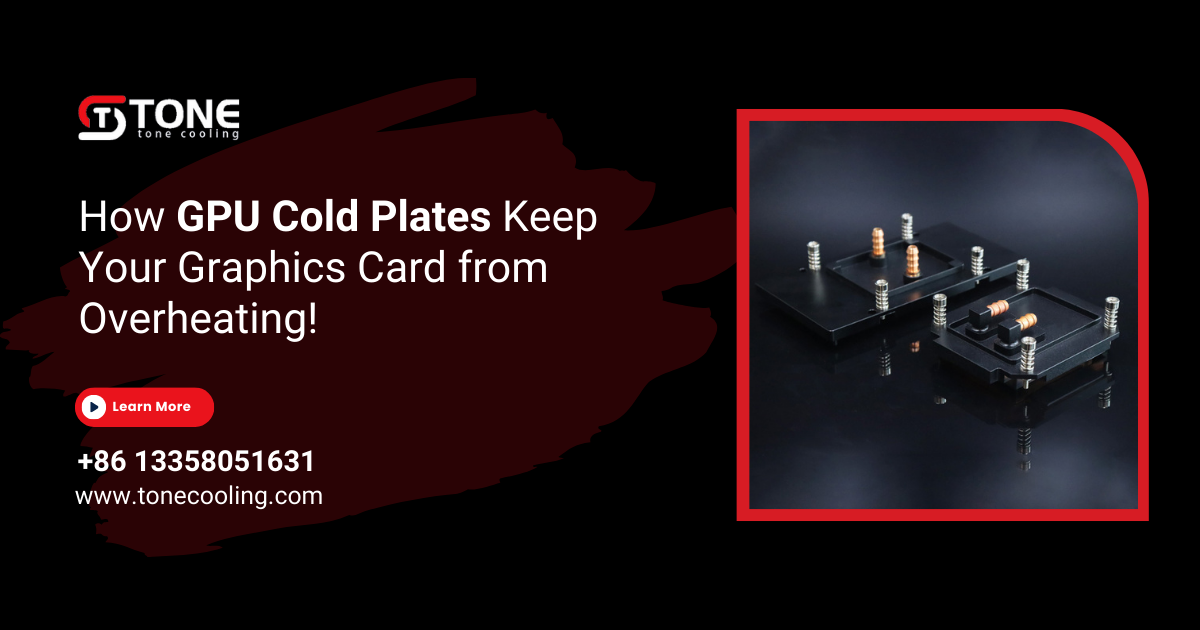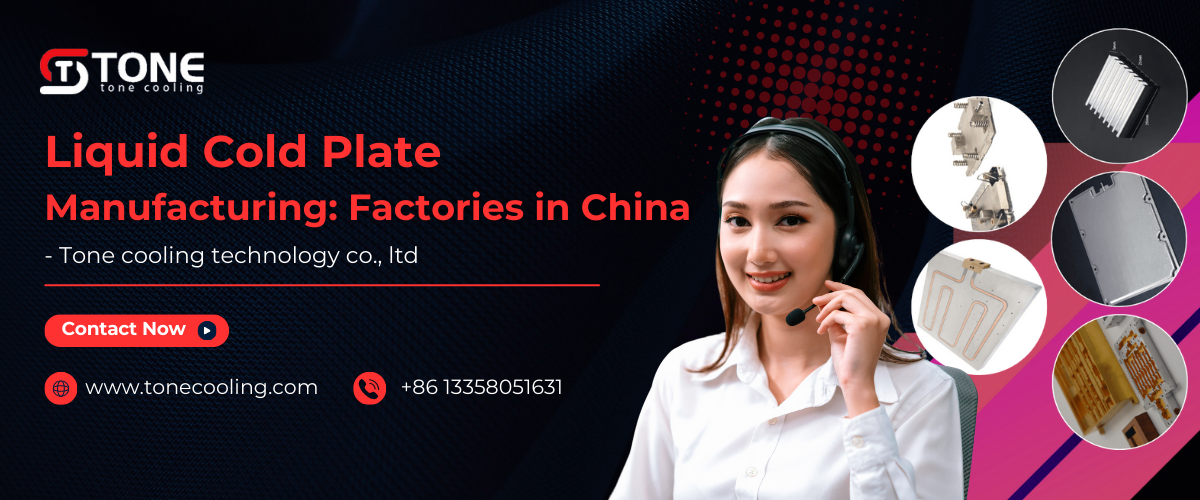
In the world of high-performance computing, gaming, and artificial intelligence, graphics processing units (GPUs) are working harder than ever. Whether you’re running intensive workloads, rendering 3D graphics, or training machine learning models, your GPU generates massive amounts of heat. Without an effective cooling solution, overheating can slow down performance, cause system crashes, and even damage your expensive hardware.
This is where the GPU Cold Plate comes in—a revolutionary cooling solution designed to enhance heat dissipation and keep your GPU running at optimal temperatures. Unlike traditional air cooling systems, GPU cold plates use liquid cooling technology to absorb and transfer heat efficiently. By directly making contact with the GPU’s surface, they draw heat away rapidly, ensuring that your graphics card remains cool even under the most demanding conditions.
What is a GPU Cold Plate?
A GPU cold plate is a specialized liquid cooling component designed to pull heat away from a graphics card. Unlike traditional heat sinks or air-cooled solutions, a cold plate uses a liquid cooling loop to dissipate heat more efficiently.
This advanced cooling system consists of a metal plate (typically copper or aluminum) that sits directly on the GPU die. It is connected to a liquid cooling system that circulates coolant through the plate, carrying heat away from the GPU to a radiator, where it is dissipated into the air.
How Does a GPU Cold Plate Work?
A GPU cold plate operates using the principles of liquid cooling. Here’s a simple breakdown of the process:
- Contact with the GPU: The cold plate is mounted directly onto the GPU’s heat-generating components.
- Heat Absorption: The metal plate absorbs heat from the GPU and transfers it to the coolant.
- Coolant Circulation: A pump pushes the heated liquid away from the GPU towards a radiator.
- Heat Dissipation: The radiator disperses the heat into the surrounding air, cooling the liquid in the process.
- Return Flow: The cooled liquid is cycled back to the cold plate, and the process repeats continuously.
This closed-loop system ensures that the GPU remains at an optimal operating temperature, even during heavy workloads.
Why is GPU Cooling So Important?
1. Prevents Overheating & Thermal Throttling
When a GPU overheats, it automatically reduces its clock speed to lower heat output, a process known as thermal throttling. This decreases performance, causing lag and frame drops in games, slower rendering times, and overall system inefficiency. A GPU cold plate helps prevent overheating by efficiently managing heat dissipation.
2. Extends GPU Lifespan
Excessive heat can degrade electronic components over time, shortening the lifespan of your GPU. A proper cooling solution like a GPU cold plate keeps temperatures under control, ensuring that your graphics card lasts longer.
3. Enhances Stability & Performance
With stable temperatures, your GPU can maintain consistent performance levels. This is crucial for gaming, video editing, 3D modeling, and AI workloads where high performance is required.
4. Quieter Operation
Traditional air-cooling solutions, especially high-speed fans, can be noisy under load. In contrast, a GPU cold plate system is much quieter, providing efficient cooling without excessive fan noise.
Benefits of Using a GPU Cold Plate
✅ Superior Cooling Performance
Liquid-cooled systems, including GPU cold plates, offer better thermal conductivity than air cooling. This means lower temperatures even under extreme loads.
✅ Reduced Noise Levels
Since liquid cooling reduces the reliance on loud fans, your PC operates much more quietly, even during demanding tasks.
✅ Overclocking Potential
For enthusiasts who like pushing their hardware to the limit, a GPU cold plate provides superior cooling, making safe overclocking possible without overheating risks.
✅ Space Efficiency
Cold plates are often more compact than bulky air coolers, leaving more room for other components in your PC build.
✅ Ideal for Compact Builds
Small form factor PCs or workstations with limited airflow benefit greatly from liquid cooling solutions like GPU cold plates.
How to Choose the Right GPU Cold Plate
🔹 Check Compatibility
Ensure that the cold plate is compatible with your specific GPU model before purchasing.
🔹 Material Matters
Copper cold plates provide better thermal conductivity than aluminum but may cost more.
🔹 Cooling System Type
Decide whether you need a custom loop cooling system or an all-in-one (AIO) solution for your GPU.
🔹 Ease of Installation
Some cooling systems require complex setups, while others offer plug-and-play options. Choose based on your skill level.
Installing a GPU Cold Plate: Step-by-Step Guide
- Turn off your PC and remove the GPU from the motherboard.
- Remove the stock cooling system (if applicable).
- Apply thermal paste to the GPU die.
- Secure the cold plate onto the GPU using screws or brackets.
- Connect the cooling tubes to the radiator and pump.
- Fill the loop with coolant (if using a custom system).
- Test for leaks before powering on your PC.
- Boot up your system and monitor GPU temperatures.
A GPU Cold Plate is one of the most effective cooling solutions for high-performance graphics cards. Whether you’re an enthusiast, gamer, or professional content creator, investing in liquid cooling can extend your GPU’s lifespan, improve performance, and reduce noise. With superior heat dissipation and overclocking potential, cold plates are quickly becoming the go-to cooling solution for power users.
If you want to keep your GPU running cool and fast, now is the time to consider upgrading to a high-quality GPU cold plate!
FAQs
1. Do I need a GPU cold plate if I don’t overclock?
Even if you don’t overclock, a GPU cold plate helps maintain stable performance and extends the life of your graphics card.
2. Can I install a GPU cold plate myself?
Yes, but you need to follow proper installation steps and ensure your liquid cooling system is leak-free.
3. Are GPU cold plates worth the investment?
For high-performance users, GPU cold plates are definitely worth it due to their superior cooling capabilities.
4. How often should I replace the liquid in my cooling system?
It’s recommended to replace the coolant every 12–24 months to ensure optimal performance.
5. What’s better, air cooling or liquid cooling?
Liquid cooling (including GPU cold plates) is better for high-performance systems as it provides more efficient heat dissipation and quieter operation.

